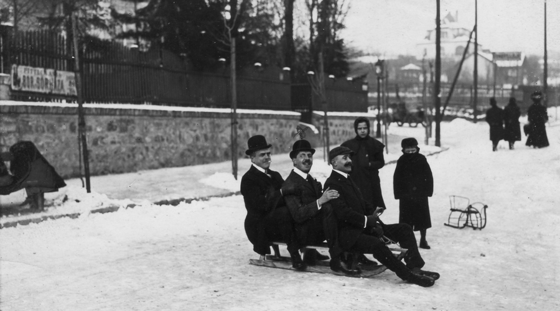


Seasonal decline or opportunity for paid social media campaigns?




Most paid social media campaigns have their traffic peaks and troughs. This is just a fact of life. However, how you react to it can make the difference between a long-term success and a short-term client.
One of our accounts was seeing a slight downturn in volume over the past few weeks. I looked through the accounts, and couldn’t see any huge changes or glaring errors. So, I began to look at seasonality (because there was no way it was one of my perfect account builds...)
Now, some people can be quick to turn to seasonality when paid social media accounts see a drop, and true to form the market was in a steep seasonal decline. So, what was the solution?
Well, there wasn't one and in lot of cases there simply isn’t one. You can’t force people to buy your product or control googles traffic to suit your seasonal interest. What you can do, however, is hunker in for the short term, and use seasonal research to create highly relevant audiences. This means instead of panicking or twiddling your thumbs for three weeks, you can get ahead of the game so that when the market does kick back in, your paid social media campaigns are in a prime position to soak up all this traffic.
So what is this seasonal research? Well, we use a three step process to find, understand and measure our audiences. For you lucky readers, we have outlined these steps below.
Step 1 – Finding your audience
When we begin to create any research, we start initially with Facebook insights. What makes this tool our first port of call over other paid social media channels? It gives not only keywords or sites, but a plethora of interests, behaviors and influencers. If you start with a set of basic assumptions or even just type your product into the planner, it will start to populate what your audience sample size looks like in terms of age, gender and interest set.
Next, we pull this information and perform theme analysis to find additional influencers and topics. We use this information to build out influencer lists, demographic lists and likely placements for the campaign.
Using this information, we move over to other paid social media channels and Google display planners, and begin to apply our new knowledge across them. This gives us audience sizes across channels, but the difference is we know these are not just broad scatter shots - they are informed audiences with smaller highly-converting sets.

Part 2 – Tailoring your paid social media campaigns
The purpose of the exercise above is to create audiences which will give us higher relevance scores and better results. This shouldn’t be the only use of this process. It also gives us a list of sites and content that resonates with the audience.
By looking through the relevant placements, content and using thematic analysis to identify patterns across the audience, we can build out a more in-depth picture of who this group is. This can influence tone of voice in content, imagery, locality of ads and other areas which can be optimized.
The next step is to take this and compare it against benchmarks and our existing paid social media campaigns to see if the patterns have already been actioned, and if not how they can benefit the account. By understanding your audience, you can tailor all your content to fit.
.jpeg?width=320&name=images%20(1).jpeg)
Part 3 – Measuring your audience
This step may seem like it’s already been done with the audience sizes. However, by "measure", we mean predicting what to expect with this paid social media audience. Although you will never be able to totally predict what actions your audience will take, using thematic analysis and Google trends you can quite quickly identify patterns in traffic.
The theme analysis you have performed should have identified three or four main interest streams or re-occurring themes. By taking these and looking over a five-year period, then overlaying the interests across one another, you will begin to see a scope of the traffic breakdown for the product.
Using this, you can look at average conversion rates, your sales lifecycle, and a number of other factors such as ad budgets and content cycling. What this does is give you a model for benchmarking and a roadmap for planning. It also makes communicating with the client easier, as they can see your plans for their paid social media campaigns.
So, in conclusion, it’s easy to sit back during seasonal breaks, eat mince pies and twiddle your thumbs. But instead, why not take the methods you would use to identify the seasonality and use it boost your activity for when it peaks? Doing this will set your campaigns up for success and take a lot of stress off you when things kick back in.








